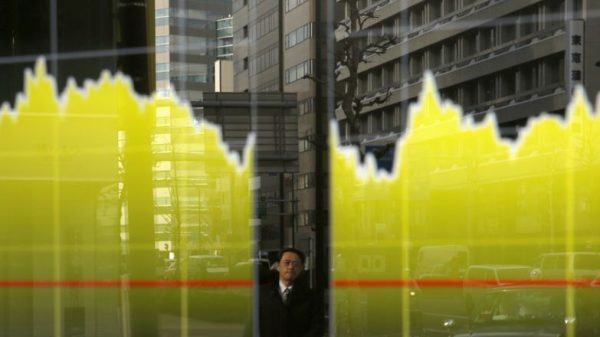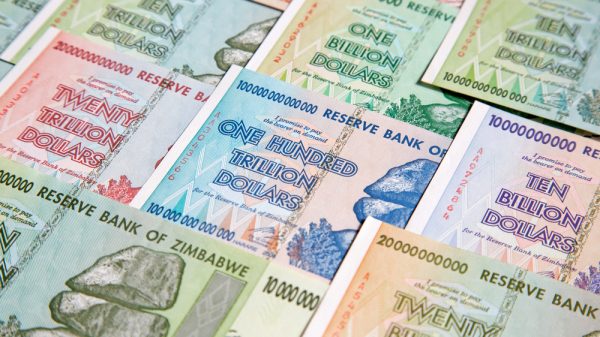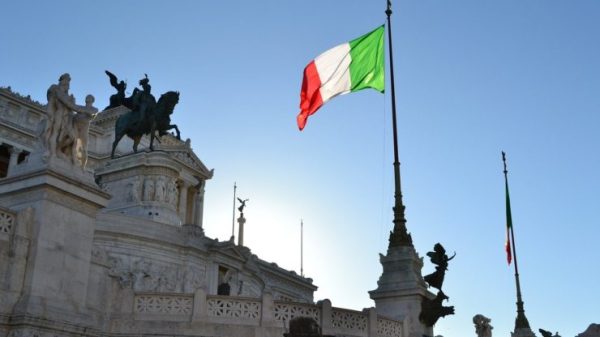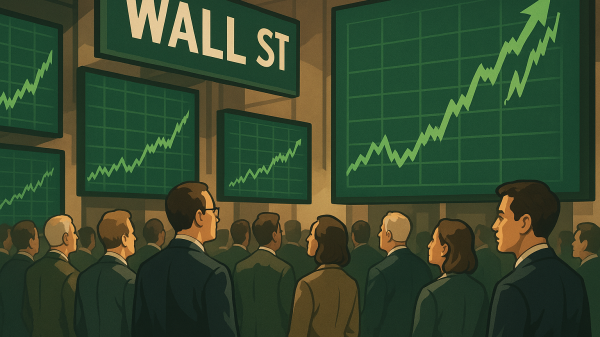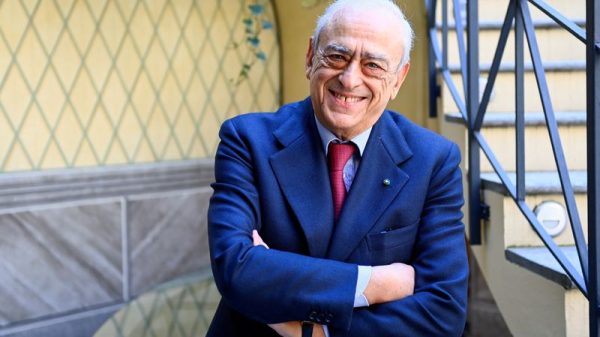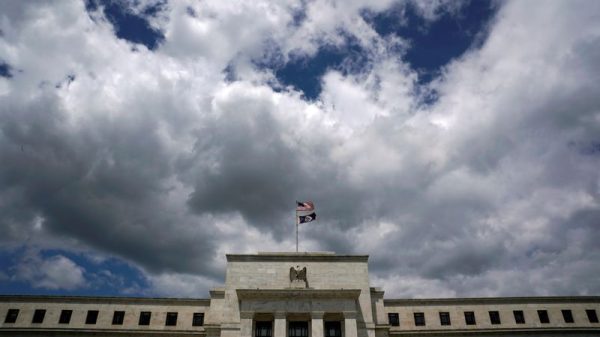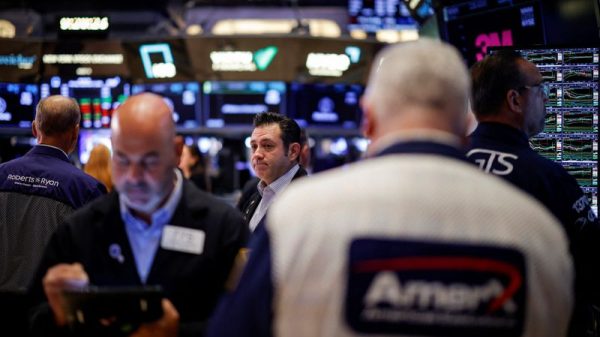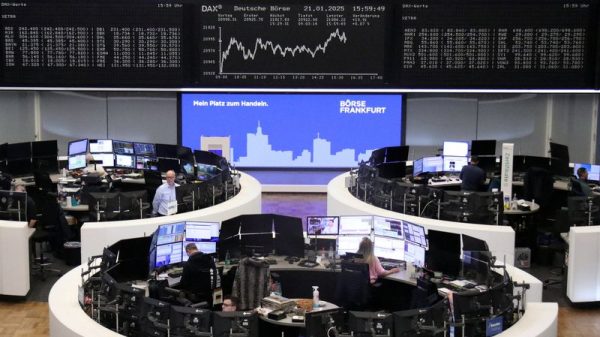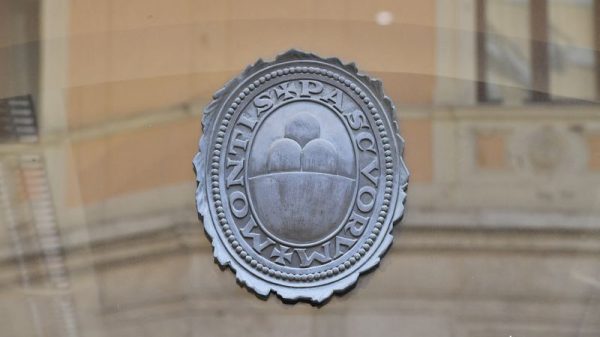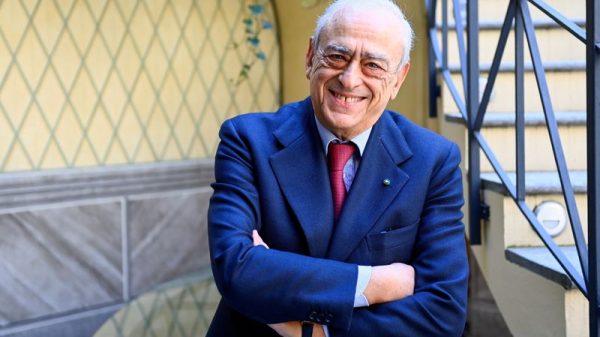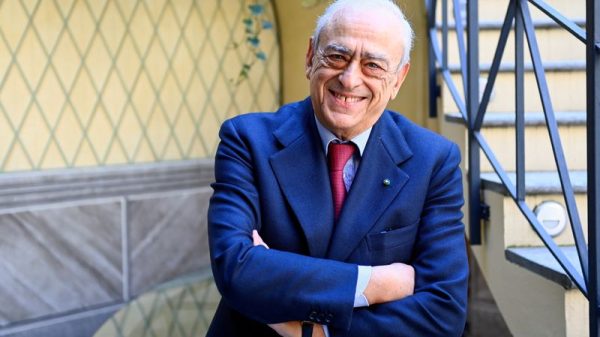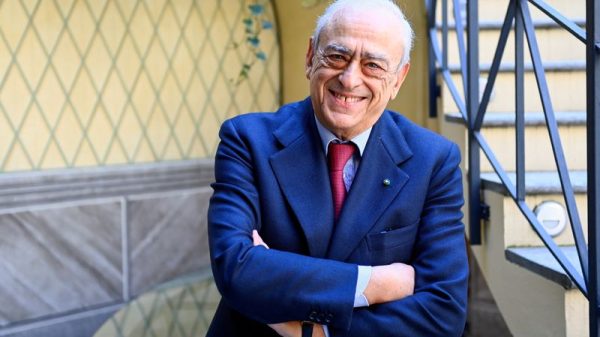The Brazilian real cratered against the US dollar as trade relations between the US and the country weakened. The USD/BRL exchange rate rose to a high of 5.58, its highest level since June 9. It has jumped by 3.37% from its lowest point this year.
Trump imposes tariffs on Brazil
The Brazilian real, stocks, and the bond market plunged today, July 10, after Donald Trump imposed a 50% tariff on all goods from the country.
The Bovespa Index plunged to a low of BRL 137,480, down from the year-to-date high of 141,547. It has plunged to the lowest level since June 30th.
Further data shows that the Brazilian 10-year government bond yields jumped to 13.75% from a low of 13.46%.
These assets plummeted after Trump sent a letter to Luiz Inácio Lula da Silva, the country’s president, threatening a 50% tariff effective August 1. He cited the country’s ongoing “insidious attacks on free elections and the fundamental free speech rights of Americans.”
The tariffs are part of the ongoing lawsuit against Jair Bolsonaro, the former president who is facing a lawsuit for the actions after the last general election. Trump is pushing for the case to be terminated, citing his own situation under the Biden administration.
In a statement, the Brazilian president threatened that any tariffs by the US will be met with its own tariffs. Data shows that each of the two countries has leverage that they could deploy.
The US sold goods worth over $49.7 billion to Brazil in 2024, while Brazil sold goods worth $42.3 billion. This means that the US has a $7.4 billion trade surplus with the country, giving the president more tools to respond.
Trump’s threat of higher tariffs was also a response to Brazil’s membership in the BRICS, an organization that he dislikes. He sees the BRICS mission as being to undermine the United States. Earlier this week, he announced that he would levy a 10% tariff on BRICS member countries.
Brazil and Federal Reserve interest rates
The ongoing conflict between Brazil and the US comes as investors watch the happenings by the Federal Reserve and the Brazilian central bank.
Fed minutes released on Wednesday showed that officials expect two rate cuts this year if inflation continues falling. The bank left interest rates unchanged between 4.25% and 4.50% in that meeting.
The Brazilian central bank has been hiking interest rates in the past few months, pushing them to 15% from last year’s low 11%.
As a result, the USD/BRL has become a popular carry trade pair, with investors borrowing the US dollar to invest in the high-yielding Brazilian assets. This carry trade will continue as hopes of Fed cut rises.
USD/BRL technical analysis
The daily chart indicates that the USD/BRL exchange rate has been in a strong bearish trend over the past few months due to the ongoing carry trade situation.
It has formed a death cross pattern as the 50-day and 200-day Exponential Moving Averages (EMA) crossed each other. It has formed a head-and-shoulders pattern, a popular bearish continuation pattern.
Therefore, the most likely scenario is a bearish breakdown in the USD to BRL exchange rate in the coming days. As such, the pair will likely have a bearish breakdown, potentially to 5.0. This breakdown will be confirmed if it moves below the neckline at 5.400.
The post USD/BRL: Why the Brazilian real crashed—and may rebound appeared first on Invezz

